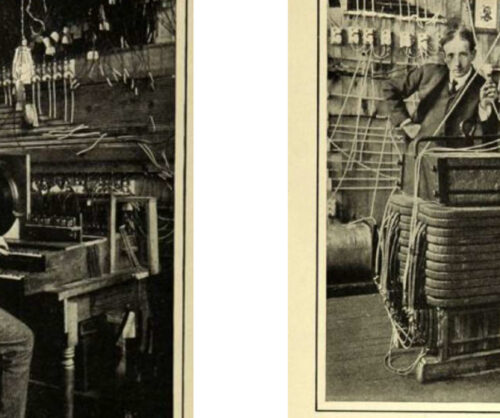
Primary Source
New Music for an Old World
Electronic Music Inquiry Unit
The article was written in 1906 and highlights the unique and extraordinary aspects of the Dynamophone (also called the Telharmonium) from the authors perspective. Numerous photos are in…
Learn more








